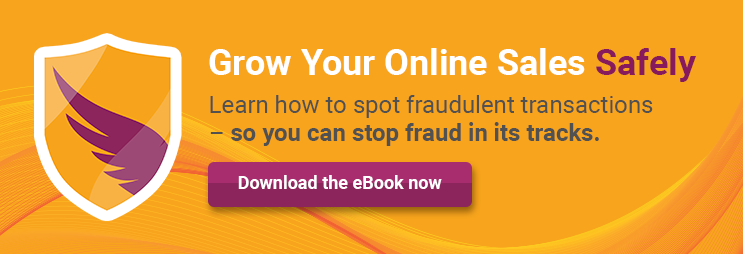Learn the best way to stop fraud with Bernardo Lustosa, our COO
Predictive analytics is the first step to reducing fraud
Predictive analytics is an umbrella term for a variety of techniques that analyze current and historical statistics to predict outcomes. A predictive model can reduce a business's exposure to fraud by flagging orders that are likely to be fraud. This flagging happens when the model spots certain relationships and patterns that usually lead to fraud, so the order can be manually reviewed for approval or decline.
Fraud scoring models are based on predictive techniques that capture patterns of fraudulent activity and differentiate these patterns from legitimate purchasing activity, separating then the ‘sheep from the goats,’ so to speak. These scoring models typically assign a numeric value to each order, based on the predicted likelihood that a transaction may be fraudulent.
Well-designed fraud scoring systems enable merchants to assign points for different elements of each CNP transaction. Scored elements typically include the customer’s IP address, email service provider, and shipping and billing addresses as well as the time of day the order is placed, the AVS result code, ticket amount, type of merchandise, and shipment method. The order’s score can also vary based on the customer’s previous orders, the length of the customer relationship, and more.
Taken together, the scores for all the points yield the order’s overall fraud score. Merchants use these scores and benchmarks they choose in advance to sort orders for approval, rejection, or review. Merchants can adjust their sorting thresholds based on trends and time of the year to account for sales peaks and typically fraud-heavy shopping seasons.
Good predictive analytics are not enough
The chart below shows the evolution of a telecom company’s fraud attack rate and the statistical model’s performance [to continue reading please click here].
 Bernardo Lustosa, Ph.D.
Bernardo Lustosa, Ph.D.
